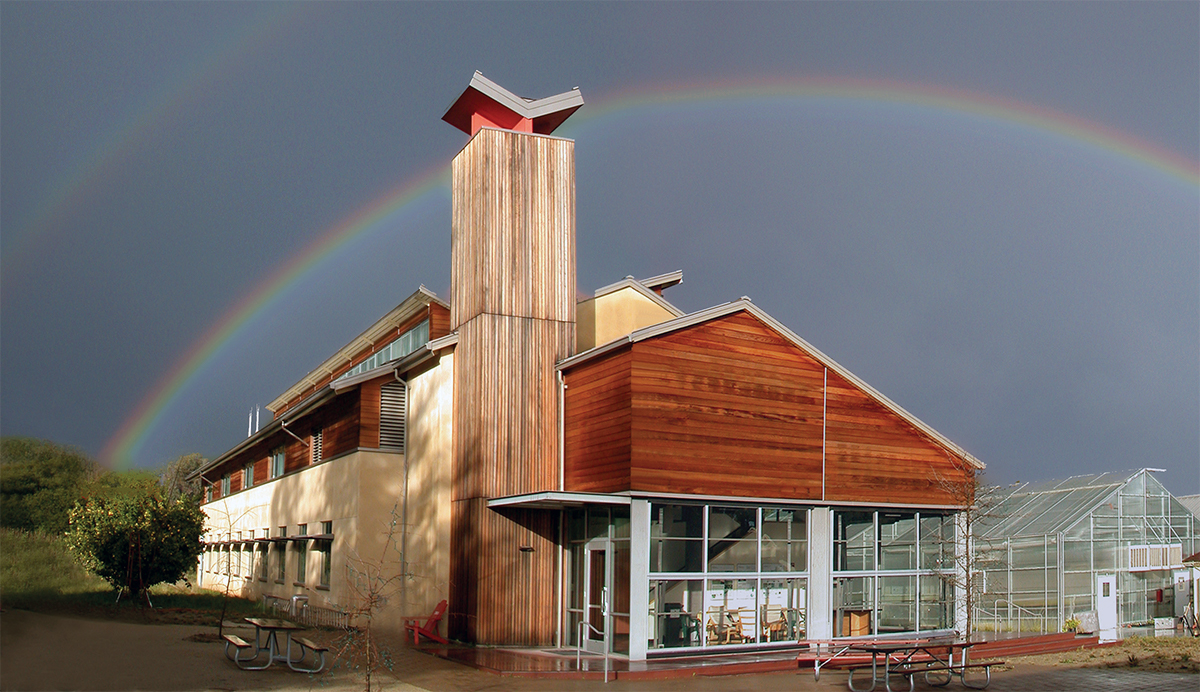Studying the effectiveness of strategies which combine natural ventilation with conventional HVAC.
Status: Completed
Funding Sources: CBE Industry Consortium Research Grants
Project Objective
Develop a web-based library of mixed-mode building case studies, covering a range of climates, design approaches, and control strategies.
Significance to Industry
Designing effective mixed-mode buildings presents a host of opportunities and challenges for architects and mechanical engineers. Real and perceived barriers to mixed-mode buildings include general unfamiliarity with mixed-mode strategies, increased complexity in building operations and controls, fire and life-safety issues, energy codes, and humidity concerns associated with air-conditioned spaces that are not sealed. By researching and sharing case studies, we make mixed-mode strategies more familiar and less opaque.
Research Approach
The first phase of this project focused on investigating occupant satisfaction and control in four mixed-mode office buildings in Northern California. Each of these sites included air-conditioned office space where occupants have access to operable windows. Surveys were administered at each site to evaluate occupant satisfaction, operable window use, and occupant use of HVAC controls such as thermostats and adjustable air diffusers. Following the surveys, building operators and the building designers were interviewed to determine whether occupant response to the building met the operational and design intent.
The analysis compared findings from the 4 sites, determining which design aspects of the building envelope and HVAC system were most successful in terms of occupant satisfaction and control. We found that windows need to be easily accessible. Although they are sometimes used for temperature control, more frequently cited reasons for opening and closing windows include air movement control, access to fresh air, and avoidance of noise, dust, and dirt.
In a subsequent phase of this research, we developed a web-based library of mixed-mode buildings, including a database of approximately 150 buildings and eight case studies. We also developed 8 more detailed case studies using existing information from publications, drawings and documents gathered from design firms, and from personal interviews. Every case study includes a consistent set of basic information about the building and HVAC design, operation and control characteristics.
Publications and Reports
Brager, G. 2006. Mixed Mode Cooling. ASHRAE Journal, 48, pp. 30-37.
Weeks, K., D. Lehrer and J. Bean, 2007. A Model Success: The Carnegie Institute for Global Ecology. Center for the Built Environment, University of California, Berkeley, May.

